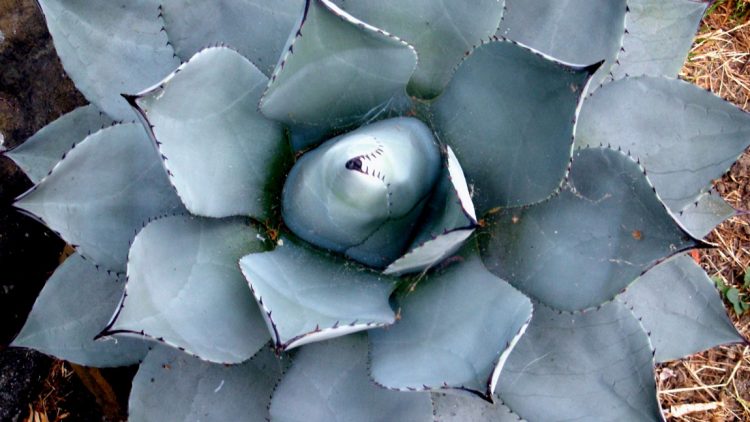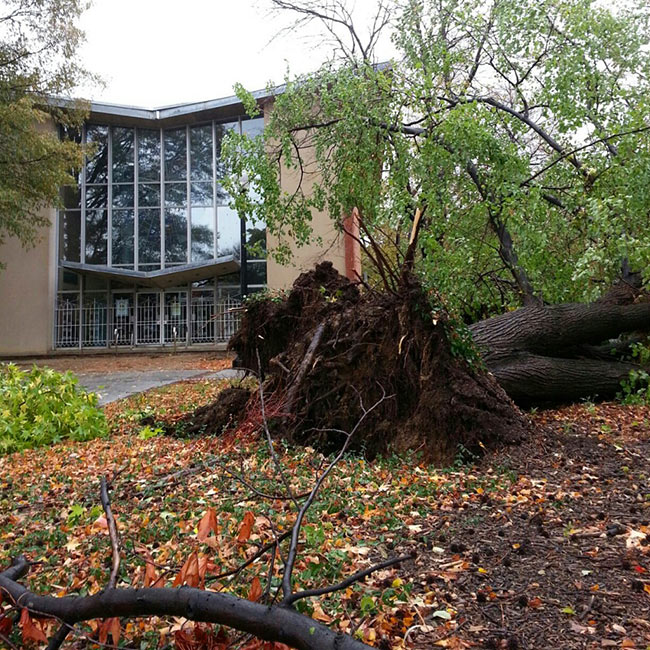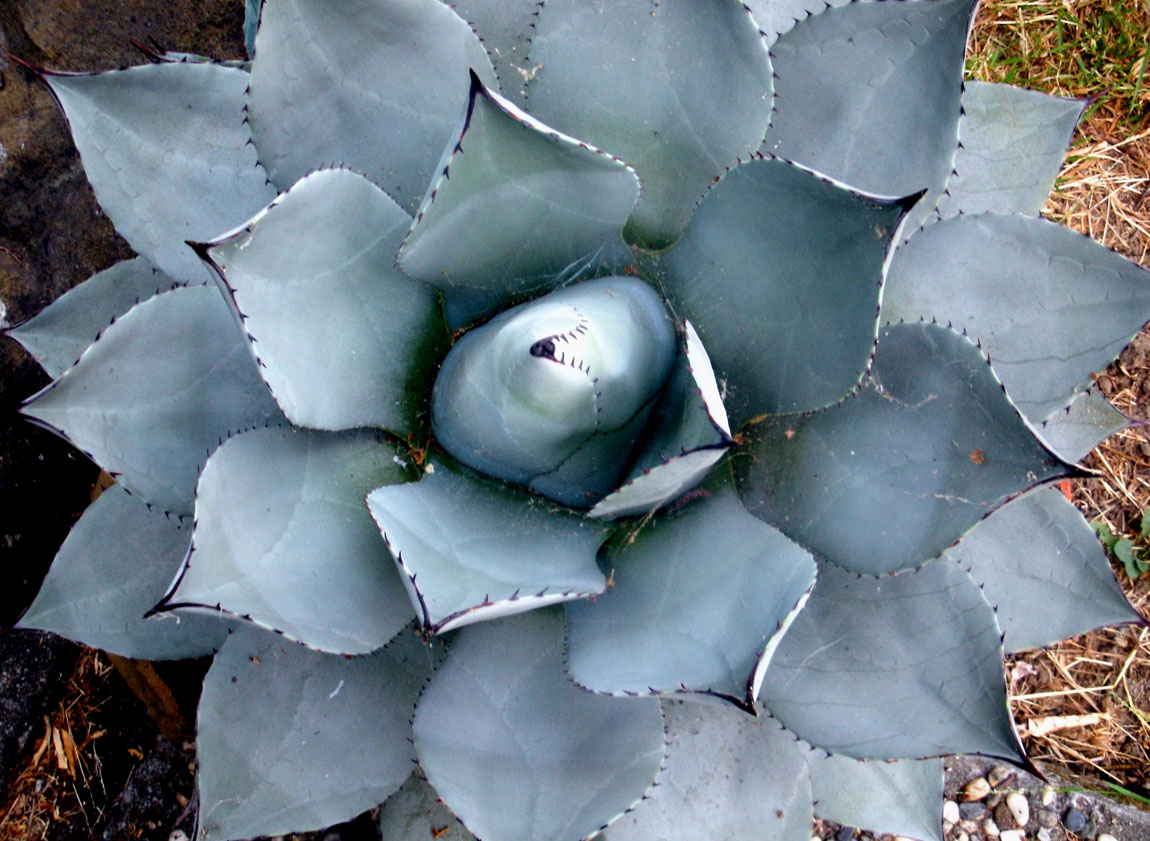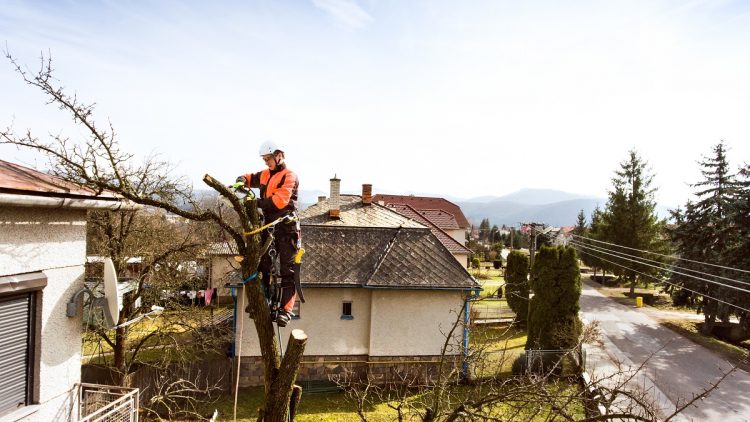What Are Some Plants You Can Grow in Arizona Winters
Arizona winters are mild, especially in the southern desert regions, making it a great time for growing cool-season vegetables, herbs, and hardy flowers. Here are some plants that thrive in Arizona’s winter climate:
Cool-Season Vegetables
- Leafy Greens:
- Lettuce, Spinach, Swiss Chard, and Kale grow exceptionally well in winter and enjoy the cooler temperatures. They mature quickly and can be harvested multiple times.
- Root Vegetables:
- Carrots, Beets, Radishes, Turnips, and Onions are ideal for Arizona winters. They’re hardy and tolerate the cool nights.
- Brassicas (Cabbage Family):
- Broccoli, Cauliflower, Cabbage, and Brussels Sprouts are cool-weather crops that perform well with Arizona’s winter temperatures.
- Peas:
- Sugar Snap and Snow Peas can handle cooler weather, and they grow quickly, producing sweet, edible pods in just a few months.
- Garlic:
- Garlic cloves planted in the fall or early winter produce bulbs by late spring or summer. They thrive in the cooler winter months.
Herbs
- Parsley: This hardy herb does well in cooler temperatures and can be harvested continually throughout the season.
- Cilantro: Ideal for winter, cilantro often bolts quickly in warmer temperatures, so it thrives in the cool Arizona winter.
- Chives: Chives are cold-tolerant and can be planted in pots or directly in garden beds for a steady winter harvest.
- Thyme and Sage: These perennials handle Arizona’s winter well and can be harvested year-round.
Flowers
- Pansies and Violas: Known for their vibrant colors, these flowers can handle the cooler weather and even light frosts, making them perfect for winter.
- Snapdragons: These add vertical interest and bright colors to winter gardens. They tolerate the mild cold of Arizona winters well.
- Petunias: Hardy and colorful, petunias thrive in cooler winter months and continue blooming into early spring.
- Calendula: These flowers are hardy and produce blooms throughout winter. They also attract pollinators like bees, which are active in the mild Arizona climate.
Citrus Trees (in frost-free areas)
If you’re in a frost-free area or can provide protection, citrus trees (like lemons, oranges, and limes) produce fruit in winter, adding vibrant color and fresh citrus aromas to the garden.
Arizona winters provide an ideal climate for growing a wide range of plants, especially cool-season crops. Whether you’re gardening in the desert or higher elevations, the mild winter months are perfect for a productive garden.
What Plants May Die In Arizona Winters
While Arizona winters are generally mild, they can still bring temperatures low enough to harm certain plants, especially in higher elevations or during frosty nights. Here are some plants that may struggle or die in Arizona’s winter conditions:
1. Tropical and Subtropical Plants
- Banana Trees: Banana plants are highly sensitive to frost and cold, so even mild winter temperatures can damage or kill them.
- Hibiscus: Tropical hibiscus varieties cannot handle freezing temperatures and may need to be protected or brought indoors.
- Bougainvillea: Though somewhat hardy, bougainvillea can suffer from frost damage, which may kill it to the ground. It will usually regrow in the spring, but severe frosts can be fatal.
- Bird of Paradise: This tropical plant may not survive prolonged exposure to cold and frost, particularly the vibrant orange-flowering variety.
2. Tender Succulents and Cacti
- Euphorbia: While many cacti are cold-hardy, euphorbia varieties are generally sensitive to freezing temperatures and can sustain damage or die in frost.
- Aloe Vera: Some aloe varieties tolerate cooler temperatures, but many are frost-sensitive and can be damaged or killed if temperatures dip below freezing.
- Agave Attenuata (Fox Tail Agave): This particular agave is sensitive to frost and can suffer damage or die back during cold winters.
3. Warm-Season Vegetables
- Tomatoes, Peppers, and Eggplants: These heat-loving plants can’t withstand freezing temperatures. They’ll typically die back in winter unless protected or brought indoors.
- Squash, Zucchini, and Cucumbers: These summer vegetables are sensitive to cold and frost, so they’ll usually die off in late fall or early winter.
- Beans: Most beans, especially green beans, are sensitive to cold temperatures and will not survive a frost.
4. Citrus Trees (in frosty areas)
- Citrus trees like lemons, limes, and oranges are somewhat cold-tolerant, but young trees or trees in frost-prone areas can sustain damage if temperatures drop too low. Extended exposure to frost may damage or kill branches and fruit.
5. Herbs Sensitive to Cold
- Basil: Basil is extremely sensitive to cold and frost, and even a light freeze can kill it.
- Stevia: This herb doesn’t tolerate cold well and often dies back when temperatures drop.
- Lemongrass: This tropical herb may die back or suffer severe damage during a cold Arizona winter.
6. Ornamental Annuals
- Marigolds: Though hardy in many climates, marigolds can be damaged by frost and may not survive prolonged cold.
- Impatiens: These shade-loving flowers are very sensitive to cold and won’t survive freezing temperatures.
- Begonias: These plants may be damaged or killed by frost and need protection in cold weather.
Tips to Protect Sensitive Plants
- Cover Plants: Use frost cloths or blankets over sensitive plants during cold nights to protect them from frost.
- Move Potted Plants Indoors: Bring tropical and tender plants indoors or to a protected area.
- Mulch: Apply a layer of mulch around the base of plants to insulate roots.
- Water Before a Frost: Moist soil retains heat better, so watering before a frost can help protect roots.
Understanding which plants are frost-sensitive and providing some protection can help avoid losses in Arizona’s occasionally frosty winter months.
Cactus Removal Services In Phoenix, Arizona
If you need cactus removal services anywhere in the Phoenix Valley, give Arbor Care a call today at (480) 797-5566 or receive a free cactus removal estimate in Phoenix. Our Service area includes Phoenix, Tempe, Chandler, Gilbert, Mesa, Tempe, Scottsdale, Glendale, Peoria, and Surprise, Arizona.






